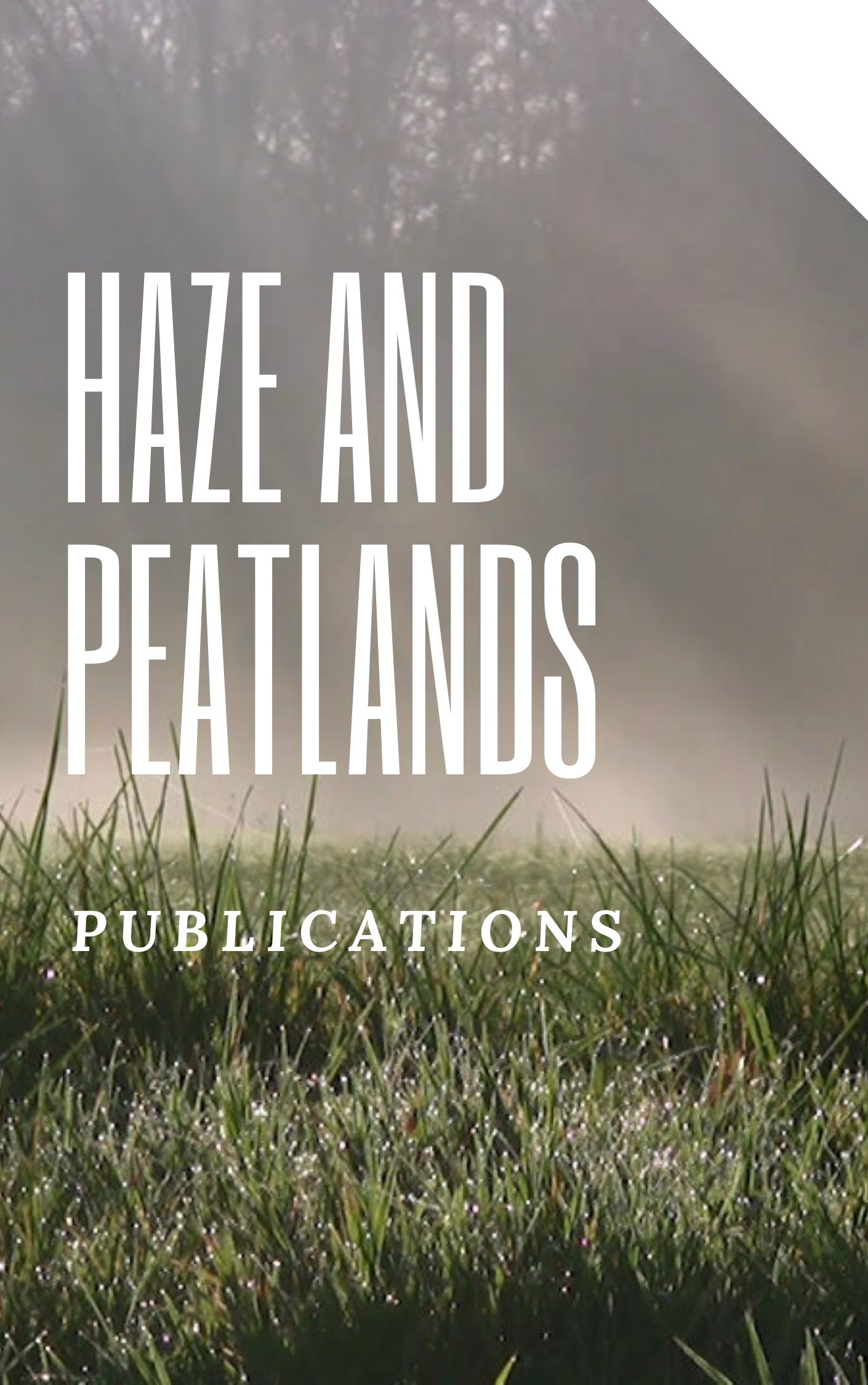Malaysia is one of the major oil palm producing regions in the world, with rapid growth over recent decades. While this expansion has boosted socio-economic development, it has also caused severe ecological problems: deforestation and the use of fire to clear secondary forest have damaged the balance of regional ecosystems and the carbon cycle. In this study, oil palm mapping in Malaysia over the past decade (2007–2016) was produced annually, using Advanced Land Observing Satellite (ALOS)-1 Phased Array Type L-band Synthetic Aperture Radar (PALSAR)-1 (2007–2010) images and ALOS-2 PALSAR-2 (2015 and 2016) images at 100 m resolution with maximum likelihood classifier-based supervised classification. Two independent verification systems (testing samples and Malaysian Palm Oil Board statistics) were used to evaluate the mapping accuracy. The average overall accuracy for the six years was 94.62% and the accuracy of oil palm mapping was greater than 83%. The results show the dynamics of oil palm distribution from 2007 to 2016. Two approaches (i.e. pixel counting (PC) and error matrix-based model-assisted (EM)) were used to estimate the oil palm area from the maps. In total, over the past decade, the Malaysian oil palm area increased by 69.25% from 4.00 million ha (Mha) in 2007 to 6.77 in 2016 with PC method (EM method increased by 85.76% ± 15.36%, from 3.73 ± 0.19 Mha in 2007 to 6.90 ± 0.22 Mha), with an annual average increase of 6.93% (EM: 8.58% ± 1.54). This exceeds the MPOB estimates of growth from 5.00 Mha in 2011 to 5.74 Mha in 2016, an annual average increase of 2.47%. For the oil palm plantations mapping in the whole Malaysia, the Random Forest (RF) algorithm outperformed Support Vector Machine (SVM) and Maximum Likelihood Classifier (MLC) in terms of mapping accuracy and computation cost. © 2019, © 2019 Informa UK Limited, trading as Taylor & Francis Group.
View source

